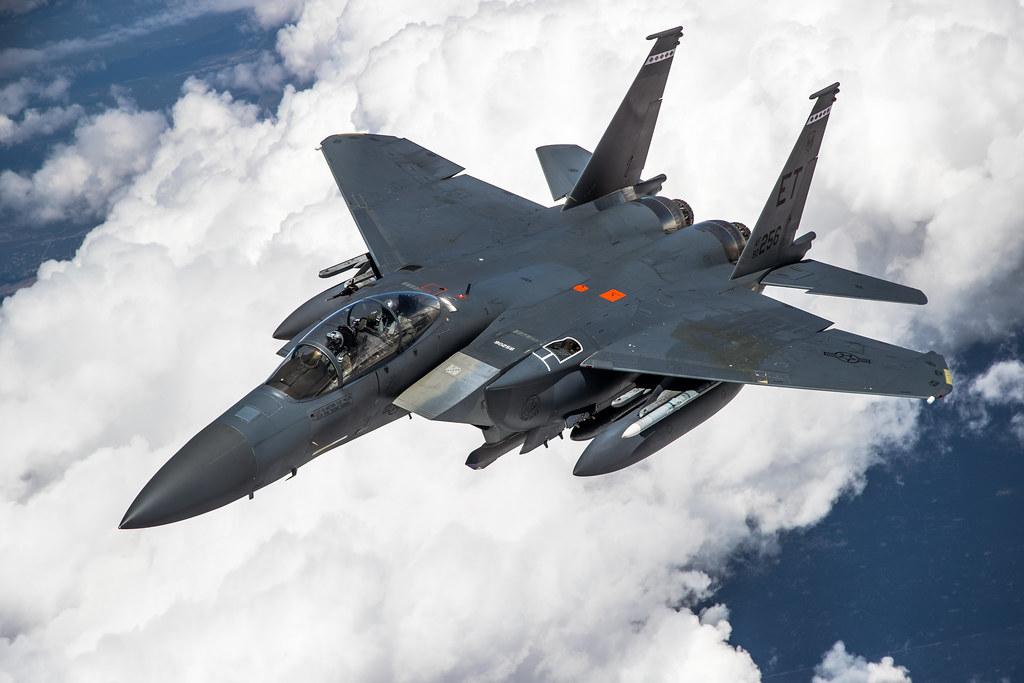
In the ever-evolving arena of military aviation, the U.S. Air Force has welcomed a formidable new entrant to its fleet: the F-15EX Eagle II. This advanced 4.5th generation fighter jet stands as the most heavily armed aircraft in the service’s arsenal, capable of carrying an imposing load of up to 30,000 lbs of munitions. Tailored to excel in both air superiority and ground support roles, the F-15EX Eagle II is not just another aircraft; it is a strategic pivot in the Air Force’s current operational capabilities.
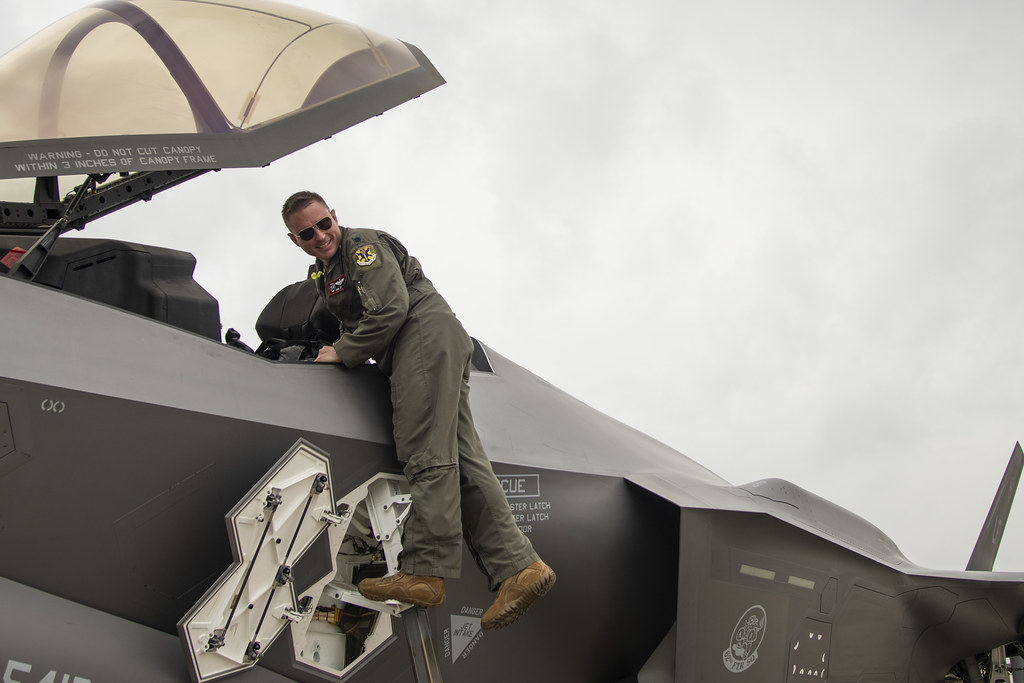
Boasting dual General Electric F100-PW-229 turbofans, each generating a staggering 29,000 lbs of thrust, the Eagle II exhibits remarkable speed and agility, topping out at Mach 2.5. Its vast range of over 1,900 miles and combat radius of approximately 690 nautical miles augment its status as a beast in the skies.

The necessity for such a jet arises from a set of converging challenges faced by the U.S. Air Force. The venerable F-22 Raptor, a stealth fighter and once the pinnacle of U.S. military aviation, now grapples with operational constraints, with a mere 100 jets from the 156 delivered remaining functional. The scarcity of spare parts, a consequence of the production line’s closure, spells a gradual sunset for the F-22s. Similarly, the F-15C/D Eagle fleet has outlived its expected service years and is nearing obsolescence. The next-gen F-35 Lightning II, while advanced, is dogged by production hurdles, including manpower shortages and software update delays.
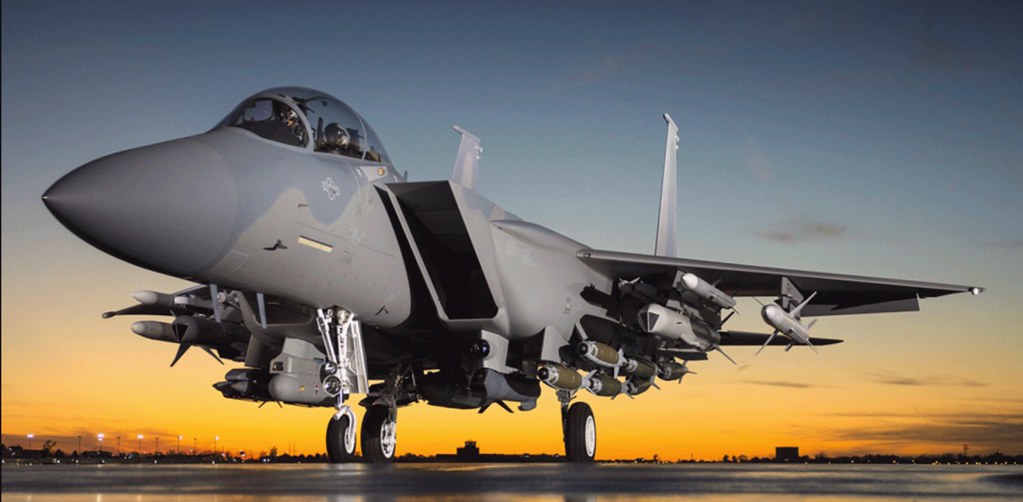
It is against this backdrop that the F-15EX Eagle II emerges as a stopgap solution – a bridge to the future of air dominance until the Next Generation Air Dominance (NGAD) program materializes. As a versatile jet, it stands ready to replace the F-15C/D in performing homeland and air defense missions, and its large capacity for stand-off weapons complements the F-22 and F-35 on the frontlines.

In terms of armament, the Eagle II is an impressive powerhouse. When equipped for air-to-air combat, it can bear a total of twelve air-to-air missiles, including AIM-9 Sidewinder heat-seeking missiles and AIM-120 Advanced Medium-Range Air-to-Air Missiles. For ground support, it can be outfitted with an arsenal of up to twenty-four air-to-ground munitions, smart bombs, cruise missiles, and stand-off weapons.
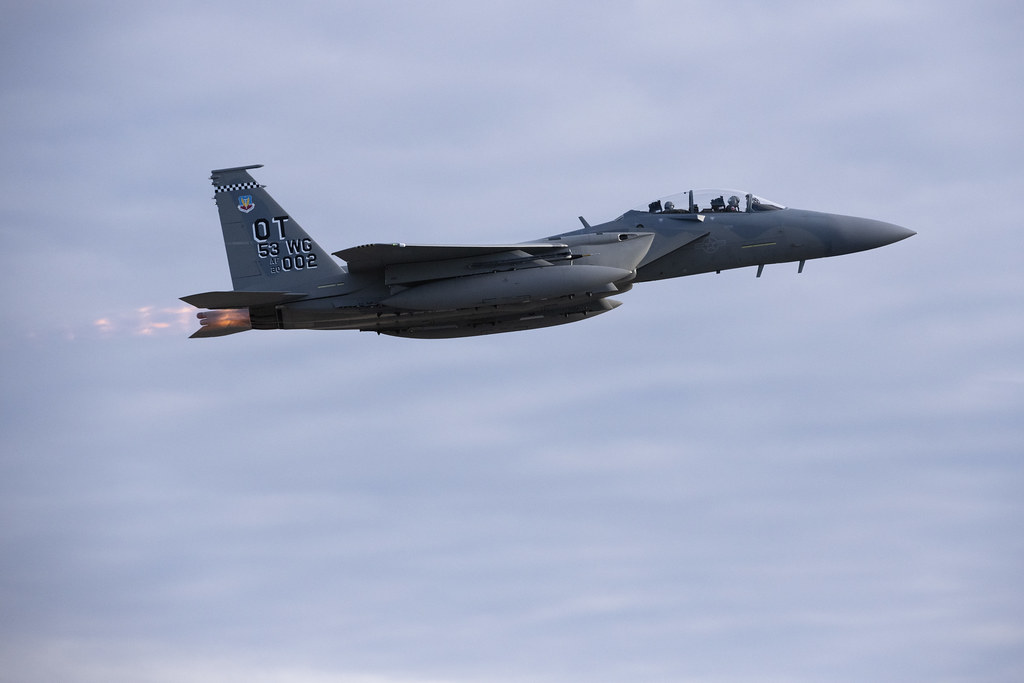
But the F-15EX is not just about brute force. It’s slated to be the first USAF jet capable of employing the new Hypersonic Attack Cruise Missile (HACM), marking a leap in the United States’ offensive capabilities. Lt. Gen Michael A. Loh heralded the F-15EX for its operability, extensive weaponry, and prolonged flight distances in comparison to the F-35A stealth fighter, underscoring its role as a game-changer in modern warfare.
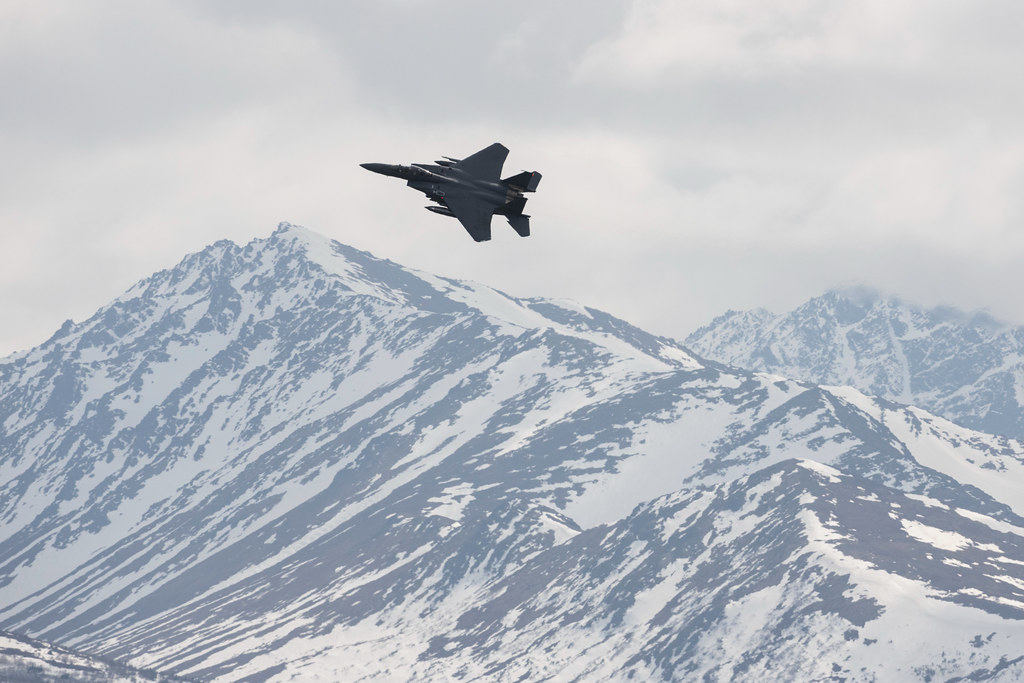
While the jet’s price tag, at around $94 million per aircraft, overshadows the F-35A’s cost, it’s the long game that the Pentagon is eyeing. The F-15EX is predicted to offer a more affordable cost per flight hour and a significantly longer operational lifespan of 20,000 hours versus the F-35A’s 8,000 hours. This longevity, coupled with its versatile capabilities, paints the F-15EX as a cost-effective alternative in the long run.
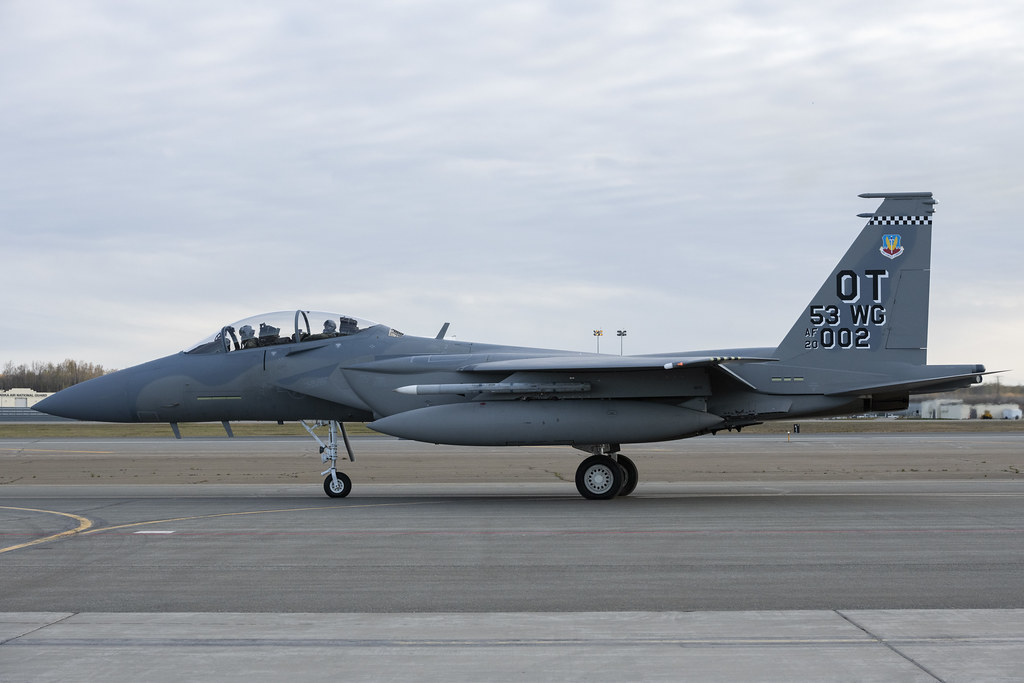
As the Air Force pivots towards this new acquisition, with plans to procure around 105 F-15EX jets, concerns regarding the growing costs and budget implications have surfaced. However, its proponents emphasize the different roles the F-15EX will fill compared to the F-35 and advocate for its longevity as a worthwhile investment.
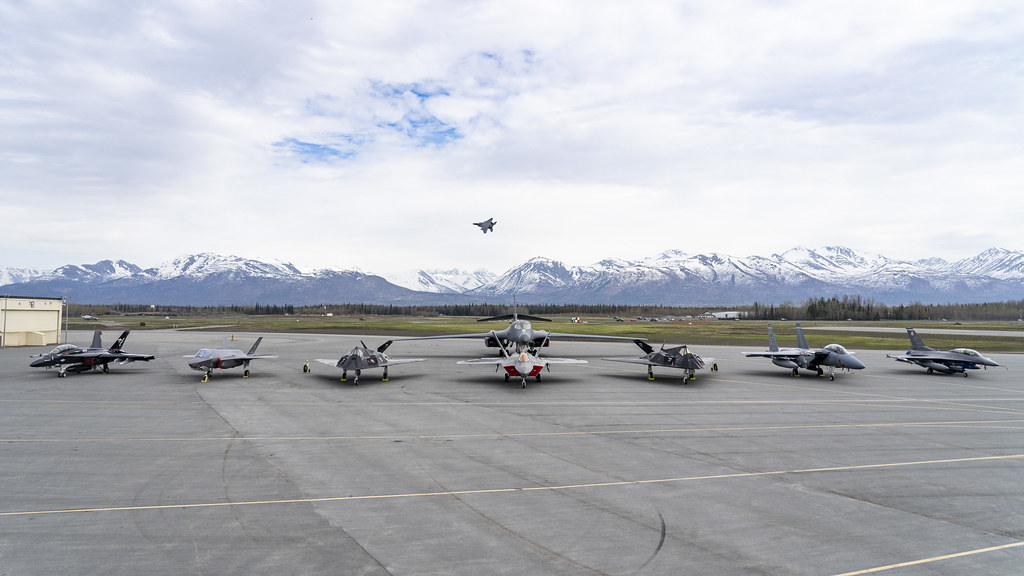
The F-15EX Eagle II is more than an aircraft; it is a strategic choice, a balancing act of capability, cost, and future readiness. With the first deliveries in 2021 and operational service projected for July 2024, the F-15EX Eagle II is not only set to become a formidable presence in the skies but also a testament to the Air Force’s adaptability and foresight in a time of transitional challenges.

